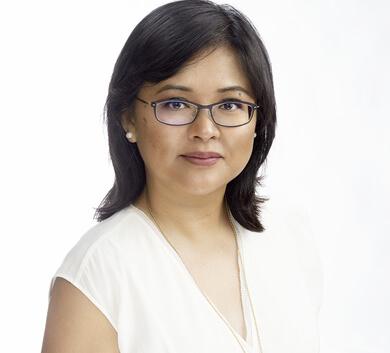It works in approximately the same way for both men and women. First of all, it draws a beautiful shoulder line. Because of this, you must take care that the shoulder is flat, with no unnecessary creases. There are many different ways to use the strengths of a jacket to your advantage. • A deep cut jacket makes a person slimmer, stretching the figure and adding grace to the portrait. • The width of the lapels should correspond to the shape of the shirt collar and tie. • The density and quality of the fabrics can also have a theme, feeling, or connotation, and so is worth mentioning. If in doubt, send a few photos to your photographer and ask what works.
The first question that arises when one is preparing for a photoshoot is usually “What do I wear?”
If you don’t know what to take for a business photo shoot, start with a basic white shirt, a few shirts that match the jacket, and the jacket itself. The photographer can advise you on the style that fits your purposes.
1. The jacket

Casual jackets help build a stylish look, effectively emphasizing the originality and personality of the person (although, more and more often, bright colors have begun to enter different professions and businesses).
2. A man’s shirt or women’s blouse - the second most important element of the suit

Due to the relatively tight cut of the shoulder, the shirt hides the slope of the shoulder, so an unbuttoned collar improves the proportions of the portrait. In addition, leaving the top button undone on bright clothes prevents them from casting a tint on the underside of the model’s chin and face. This is also especially useful if you need to “lengthen” the neck or adjust the person’s jawline. A dark shirt, blouse, or cardigan all make the chin and neck more elegant, since dark clothes don’t affect the lighting and color of the person wearing them. Portraits in black clothes are especially impressive, as studies show that black clothing is associated with prestige, power, and intelligence.
3. T-shirts, sweaters, and designer clothes

This style is often used by young entrepreneurs or technical specialists. For more casual portraits, you can wear something more stylish and interesting than a plain suit - maybe a blazer, or a buttoned sweater over a shirt. Dark colors hurt the eyes less and keep attention on your face, so stay away from bright colors unless they are worn in moderation and in combination with calmer colors that balance the photo.
4. Ties, vests, hats, jewelry, and other accessories.

I highly recommend that you use accessorize - it instantly indicates style, status, and character. These are the elements by which the viewer quickly forms a psychological portrait of the person in the photo. Use it to your advantage!
Glasses.

If you wear glasses all the time, we recommend that you include them in your portrait. In order to avoid reflections, however, you will have to seriously limit yourself in possible poses and lighting options because of their reflective nature. Non-glare lenses help, but as a rule, they do not completely prevent the effects of the flash and can kill the important details of your eyes.


